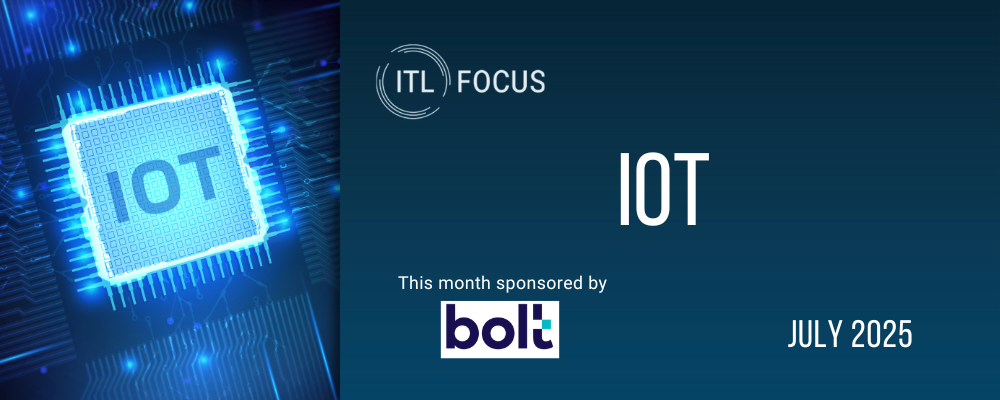The Internet of Things (IoT) is a new concept for most people. The term, and the industry, have gained relevance through wearables like
FitBit, and IoT’s presence in the home is slowly starting to become more mainstream (though the concept has been around for decades, especially in the industrial space).
In the last five years, IoT has quickly gained traction among early adopters and is positioned to be an integral part of the homeowner (and renter) experience. Not only are IoT products becoming commonplace, they are smarter, integrating with each other and providing data that’s never been obtainable. Within the insurance industry, this integration will not only make life easier for the homeowner – from catching water leaks before they cause damage to getting an alert should an alarm sound when no one is home – it will change the way providers interact with customers, ultimately reshaping how properties are protected and insured.
This adoption is defining a new IoT – the
Insurance of Things.
Current State of the Industry
While insurance providers document information like when a home was built, where it’s located and what the crime rate is in the area for each of their policyholder’s homes, traditionally very little is known about the actual activities happening inside and around the home, and almost never in real time.
See also: Sensors and the Next Wave of IoT
An agent might know that a particular policyholder’s house is located in a ZIP code that experiences a high frequency of burglaries, but the agent has no idea if that policyholder leaves his garage door open regularly – something that’s been shown to leave a home especially vulnerable to intruders. This is just one of many examples of where connected devices present an exciting opportunity.
What the Future Holds
The data that IoT solutions capture will alter the home insurance industry, allowing the market to move away from passive insurance and claims processing and into a more active approach focused on avoiding loss altogether.
This transition is already starting to take shape with auto insurance. As more providers implement devices and mobile apps that report driving habits to capture a driver’s level of risk, behaviors and patterns can be analyzed to tailor coverage for each individual customer.
Over time, these types of insights will empower insurers to identify and build new risk models and to anticipate and eventually predict incidents based on people’s habits and other trends. And, just as the auto industry has clearly defined the characteristics of a safe driver, eventually home insurers will have enough data to define what it means to be a “safe homeowner.”
As IoT’s loss reductiions become more definable through mass adoption and more data, it could very well become a requirement to have certain smart home technologies installed in your home to get insurance coverage. A number of new entrants using data from IoT devices and other sources in creative ways are aggressively pushing this agenda, including
Lemonade and
Hippo.
A final point to consider – IoT products themselves will dramatically reduces losses, and it will be interesting to track consumers’ selection bias over time as adoption rises. In the coming years, it will be interesting to see if homeowners who install IoT devices in their homes have fewer claims despite the devices they install. There is little hard evidence to support this notion today, but over time will this group prove to be more active, thoughtful and generally safer homeowners even before they installed IoT devices?
What Policyholders Think of IoT (and Why Insurance Providers Should Care)
Consumers are
buying IoT devices for many reasons, but one motivation in particular is the same reason they buy insurance: peace of mind. For the insurance provider, there’s even more at stake: loyalty.
NTT Data found that 87% of insurance carriers believe the installation of IoT devices in the home will improve customer relationships, and 83% believe IoT devices will open the door for personalization of policy offerings – something that consumers desire.
The same study also found that 64% of surveyed consumers are open to investing in IoT devices, and are even willing to switch carriers if it means they’re eligible to receive policy discounts for installing these devices.
The insurers that figure out how to capitalize on consumer intrigue of IoT devices will have the upper hand in obtaining new clients (and, as mentioned, potentially lower risk clients, as well). Offering smart home technologies will provide insurance companies with the competitive advantage they need to maintain positive engagement with both new and existing policyholders, and will contribute to increased retention.
Where to Start
So, how can insurers leverage these devices to differentiate their offerings, reduce losses, increase customer loyalty and mine user data for greater insight into the safe homeowner?
- Be purposeful when choosing who to work with. Start with an IoT company that has experience partnering with other insurers so you can quickly learn from them.
- Keep it simple. Don't overcomplicate the success you can have with IoT by focusing on complex data too soon. This will come with mass adoption and will take time.
- Make it appealing to your customers. Insurance doesn't have to be a commodity. Make it clear to customers why your new IoT offering is innovative and invaluable to them vs. your competitor's offerings.
- Be nimble and willing to optimize programs. Knowing what doesn't resonate with customers is just as important as knowing what does. Notice that your customers aren't installing devices? Ensure the messages your customers receive from agents are clear so that they fully understand how the technology works, the benefit to them, and the incentives they’ll receive. Realize that customers aren't using a device in the way that you'd like to have the biggest impact on loss reduction? Experiment with other communications, like how-to videos or step-by-step infographics, to better instruct customers how to install their new device and educate them on various use cases.
See also: IoT: Collaboration Is Now Mandatory
What other challenges and opportunities lie ahead for the Insurance of Things? I’m excited to see how insurance providers and technology companies will work together to define the safe homeowner and the future of insurance!







